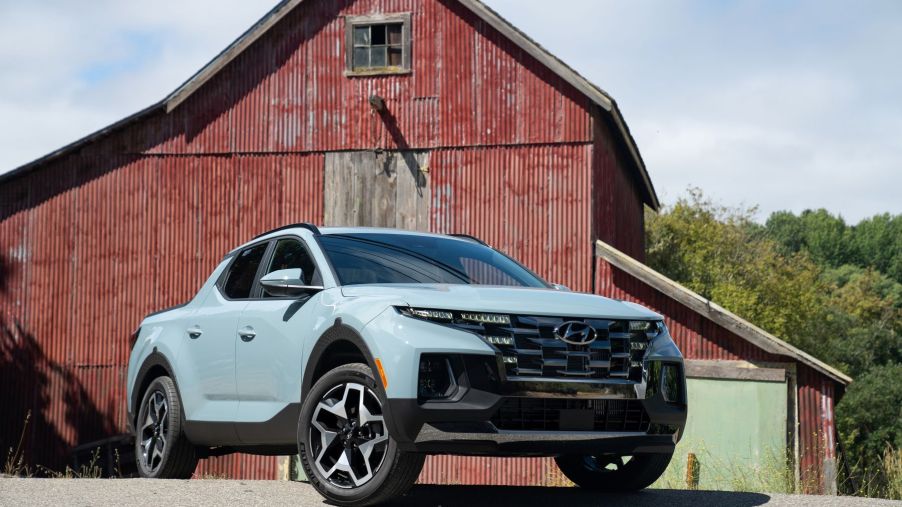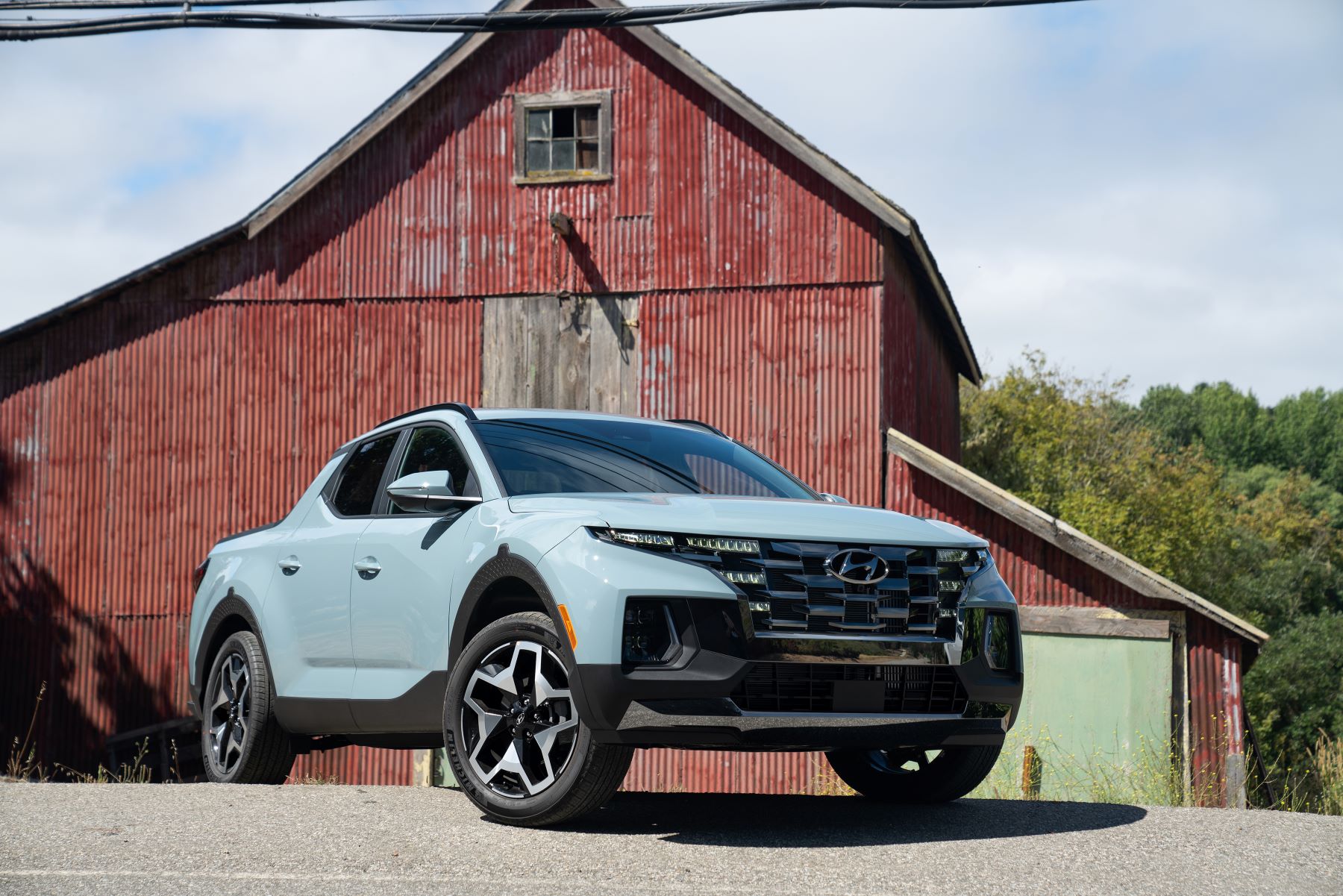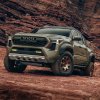
2022 Hyundai Santa Cruz Cons to Consider Before Buying One
From the beginning, Hyundai has wanted drivers to know that the Santa Cruz isn’t just your average pickup. It was marketed as the first SAV (“sports adventure vehicle”), combining typical truck utility with the added comfort of an SUV. The Santa Cruz shares the same platform as the Tucson, and it has excellent gas mileage to match.
Unfortunately, it appears that the Hyundai Santa Cruz’s quirkiness might be too polarizing for some drivers. While this truck has a lot going for it, Business Insider still found plenty of annoying flaws. Is the Hyundai Santa Cruz worth your money?
What you should know before you buy a Hyundai Santa Cruz

Even by midsize pickup truck standards, the Hyundai Santa Cruz’s cargo bed is relatively small. It’s only four feet long, and the payload can only be as high as 1,753 pounds. According to Business Insider, it works great for hauling some adventuring gear, but it doesn’t serve a lot of purpose as a dedicated workhorse.
You would think that a short bed would mean more backseat room for the passengers. However, legroom is very limited, and the seats don’t offer long-term comfort. The optional leather seats at least feel better, and they come with heating and ventilation technology.
However, upgrading to the higher trims can also be a gamble in terms of overall satisfaction. The center stack doesn’t have a single physical control button on the top-tier Limited trim. It’s annoying at best and potentially a substantial distracted driving risk at worst.
The Hyundai Santa Cruz Limited is also a bit overpriced for the segment, retailing for nearly $40,000. Even the base SE trim is almost $24,000 for the FWD version and $25,490 for the AWD truck. Many rivals can offer more powerful engines and AWD capability for thousands of dollars less.
Specs on Hyundai’s compact pickup truck
The standard Hyundai Santa Cruz SE comes with a four-cylinder engine producing 191 horsepower and 181 lb-ft of torque. This allows it to tow 3,500 pounds and carry 1,521 pounds in the cargo box. It also comes paired with an eight-speed automatic transmission, but the shifts are unfortunately quicker than the engine itself.
Most drivers will probably get more satisfaction from the quicker turbo-four engine option. This one is capable of 291 horsepower and 311 lb-ft of torque, with an upgraded towing capacity of 5,000 pounds. It can only be paired with AWD and comes with an eight-speed dual-clutch automatic gearbox.
Which Santa Cruz trim offers the best value?
Despite its above-average entry point, the Hyundai Santa Cruz SE offers a good bit of value. You get plenty of safety features for the money, plus wireless smartphone integration. Every cargo bed also comes with a load-leveling suspension to keep heavy cargo from affecting the drive quality.
The Hyundai Santa Cruz SEL adds a few extra safety and interior features. However, the real prize is the option to get the Adventure package. This bundle includes a sunroof, wireless charging pad, and even some extra features for the cargo box. You’ll get LED lighting back there, a 120-volt charging outlet, and lockable boxes under the load floor. With the Adventure package on the SEL trim, you’re looking to pay close to $31,000. It’s a good value to take advantage of every cargo feature, but some drivers may not like the base engine.
The Adventure package comes standard on the SEL Premium, though this truck has a price tag approaching $36,000. The Santa Cruz Limited also has the Adventure package, an upgraded audio system, and extra USB ports. The SEL Premium gives you a bigger engine while avoiding the buttonless infotainment screen. However, paying for a midsize truck with a small bed is still a lot. It appears that buying a Hyundai Santa Cruz is all about compromise.


